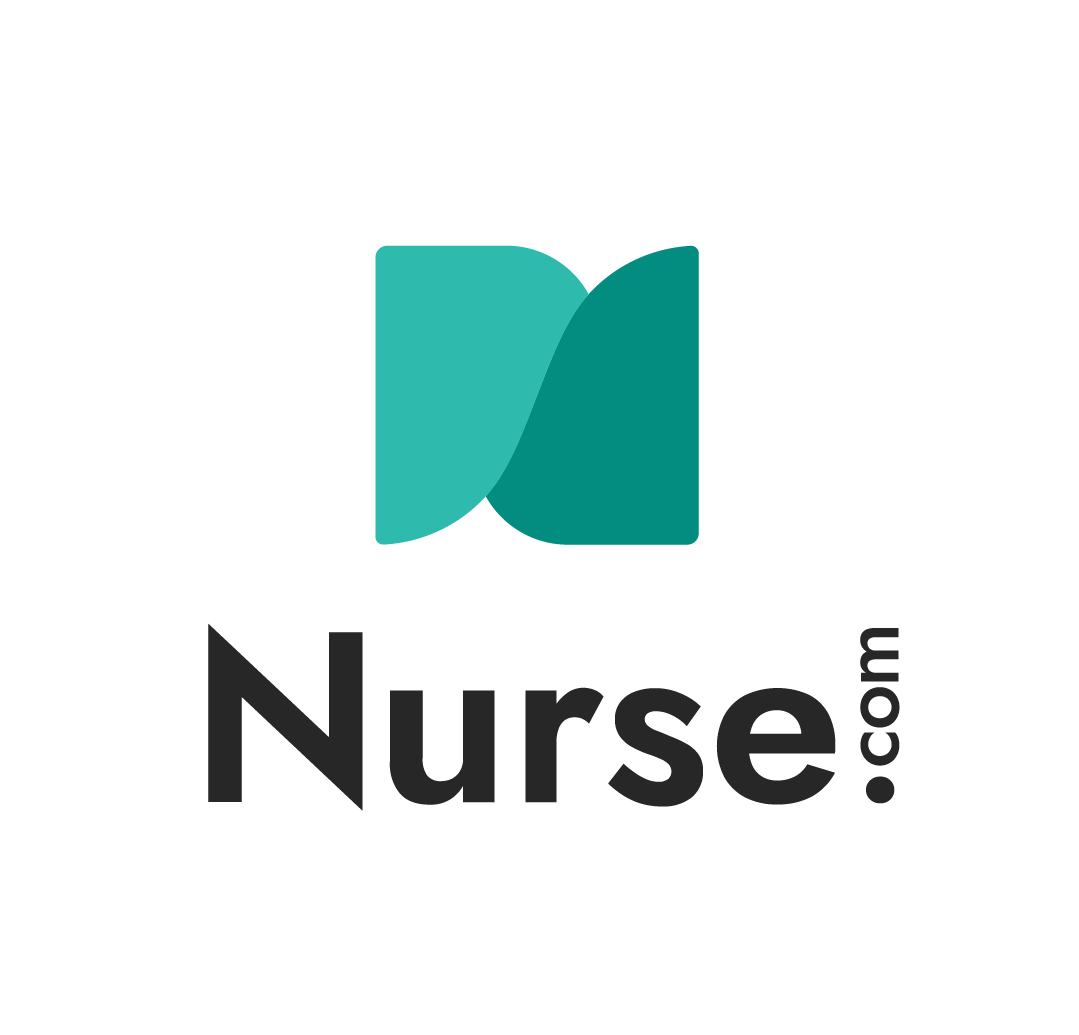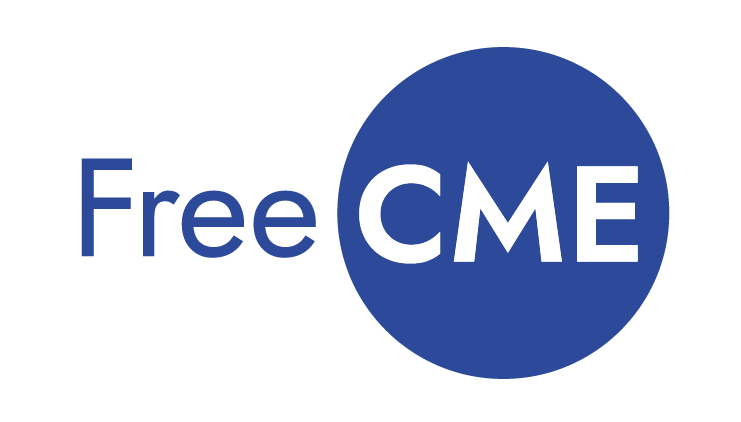September is National Suicide Prevention Month, when mental health advocates, prevention organizations, survivors, allies, and community members unite to promote suicide prevention awareness. Relias is one such ally. We admire the strength of our clients who work daily to help prevent suicide and are committed to supporting other organizations doing the same. Beyond National Suicide Prevention Month, Relias makes suicide screening tools and prevention resources available year-round across a variety of settings to help meet the needs of individuals where they live, work, and learn.
The harsh realities of suicide
In 2019, more than 47,000 people in the U.S. died by suicide, making it the second leading cause of death in people between the ages of 10 and 34. To add perspective, the number of suicides was more than twice the number of homicides (19,141) in 2019. These numbers grow considerably in adults with suicidal thoughts and behaviors.
Additionally, it has been said that for every death by suicide, there are six people exposed to it who knew the individual. However, a recent study finds that number to be far greater, at 135. This translates to 6.9 million people losing someone they know to suicide each year. This is astounding, especially since Americans have seen a 30% increase in suicide rates over the past 20 years, while the rest of the world has seen a 29% decrease over the same period.
As a result of the COVID-19 pandemic, many experts were worried that 2020 would see yet another rise in deaths by suicide. While high unemployment rates and lockdown orders have contributed to a rise in Americans reporting symptoms of anxiety, depression, and suicidal ideation, the number of suicide deaths actually decreased. According to provisional numbers reported by the Journal of the American Medical Association, 44,834 Americans died by suicide in 2020.
While any decrease in suicide rates is encouraging, these numbers are still alarming. Looking ahead, it’s important to take the increased risk of anxiety, depression, and suicidal ideation seriously. The following sections highlight why.
Missed opportunities
The Journal of General Internal Medicine published a study in 2014 that looked to determine how often individuals who died by suicide had seen a doctor in the year leading up to their death and if these visits resulted in a mental health diagnosis. The findings indicated that within one year before their suicide, 83% of people had contact with a healthcare professional. Yet just 24% received a mental health diagnosis in the four-week period before their death.
This study clearly demonstrates the need for better suicide screenings in primary care facilities. Without these tools, it can be hard for clinicians to properly assess the mental health of their patients. And without proper assessments and screenings in place at primary care facilities, patients at risk of dying by suicide will be far less likely to receive the help they need.
The role of primary care in suicide screenings
Primary care services are often the first lines of defense in suicide prevention. Physicians, nurse practitioners, and physician assistants often encounter suicidal patients instead of behavioral health providers due to barriers such as access, financial resources, and stigma associated with seeking behavioral health services.
Because of this, it is important for primary care professionals to be deeply aware of suicide risk factors and warning signs, understand how to effectively employ depression and suicide screening, know when a more formal suicide assessment is needed, and be prepared to follow up with an informed treatment and care transition plan.
The role of integrated care in suicide screenings
Integrated care is “the systematic coordination of general and behavioral healthcare. Integrating mental health and substance use treatment with primary care services produces the best outcomes and proves the most effective approach to caring for people with multiple healthcare needs.”
Combining care for physical and mental health is becoming more common, and for good reason. Integrated care has shown us that any treatment provided for a single condition is less effective when the other conditions are not considered and incorporated into a comprehensive treatment plan.
That’s why it’s so important for integrated care professionals to know how to use suicide screening tools.
These tools can be as simple as keying into cues during a conversation, such as:
- If the patient mentions thoughts of suicide
- Knowing the patient’s mental health history (e.g., if they’ve attempted suicide before)
- Whether the patient has access to lethal means
Tools to help improve suicide screenings
Evidence has shown that suicide risk screenings in primary care are effective, yet more frequent use could yield even greater results.
Conducting effective and routine suicide screenings requires organization-wide change that moves beyond just training or adjusting intake forms. It requires addressing your staff’s fears and concerns about suicide, so they feel confident in their ability to assess, identify, and address suicide. It also requires educating your staff on the risk factors of suicide.
Tools available for suicide screening address behavioral health and substance use issues. The most common screening tools include the Columbia-Suicide Severity Rating Scale (C-SSRS) and the Patient Health Questionnaire (PHQ-9).
The following resources can also help with suicide screening and prevention:
- Suicide Prevention Resource Center and its toolkit for primary care providers
- SAMSHA-HRSA Center for Integrate Health Solutions
- Zero Suicide: Information, toolkits, and resources specifically developed for medical providers
- National Council for Mental Well Being: Resources and training assistance for primary care facilities and hospitals that incorporate behavioral health services
If you or someone you know is struggling with thoughts of suicide, there is hope. Contact the National Suicide Prevention Lifeline at 988.

SUICIDE PREVENTION TRAINING: IDENTIFYING AND RESPONDING TO RISK
No matter your care setting, having up-to-date knowledge on identifying, assessing, and responding to suicide risk in persons served and staff should be an integral part of your practice. See how Relias can help.
Learn more →





